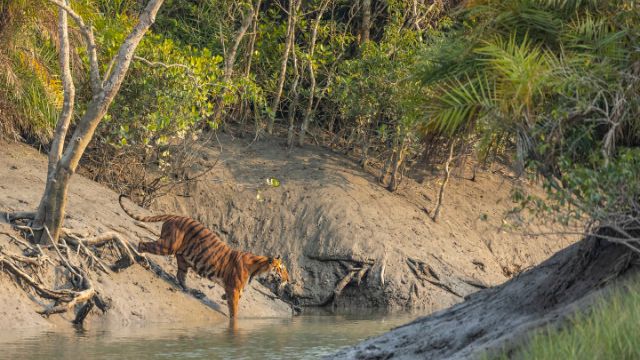The Sunderbans are most enjoyable between September & March, during the winter months. The summer months are bearable for travel despite the rising heat and humidity that characterize these months. Although travel is more challenging during the monsoons, there are still tourists who are willing to risk the wet weather to visit the region.
Seeing the splendor of Sundarban National Park in the winter is highly recommended. While the summers & monsoons are extremely hot and humid, the winters are mild, which is especially beneficial for the creatures that call this place home.

The trees are at their most beautiful right now, making it the perfect time to go hiking. This also implies that visitors have a better opportunity of seeing the various animal and species of birds as they emerge from their hiding places.
Since the river isn't too high, the popular boat safari is additionally an option. Temperatures in the winter range from approximately 10 degrees Celsius to about 30 degrees Celsius, which is great news for those who want to get out and enjoy the sights without bothering about the cold.
It rains a lot during the monsoon season, which runs from June through September. After the dry, hot summers, the monsoon rains purely revive the delta. Mangroves, other popular feature of this park, benefitted greatly from the rainfall and flourish as a result. The summer rains provide welcome relief from the heat for the animals as well. Cooler temperatures of 25 - 35 degrees C are experienced. The principal method of transportation to Sundarban National area, the river, is flooded during the rainy months, which is amongst the major disadvantage of visiting the area during this time. This makes travel and entry to the park's grounds exceedingly hazardous, therefore avoid going during the monsoons if at all possible.
Sunderban National Park during summers is sweltering and muggy. Both tourists and residents typically avoid the area during this time of year. In the summer, highs often hover around 30°C, with occasional highs of 42°C. Even during this wetter time of year, there is not enough water to go around.
Extreme heat waves are also common during this time of year. Because of these reasons, animals, notably tigers, seek shelter at the tops of trees, where they are out of sight.